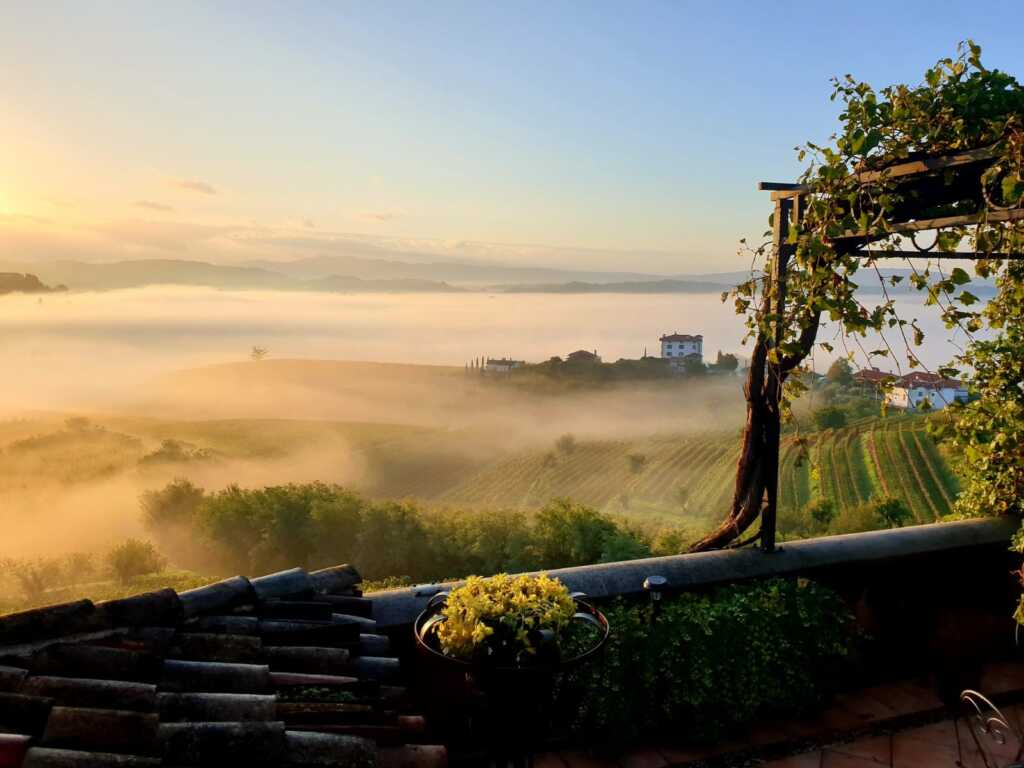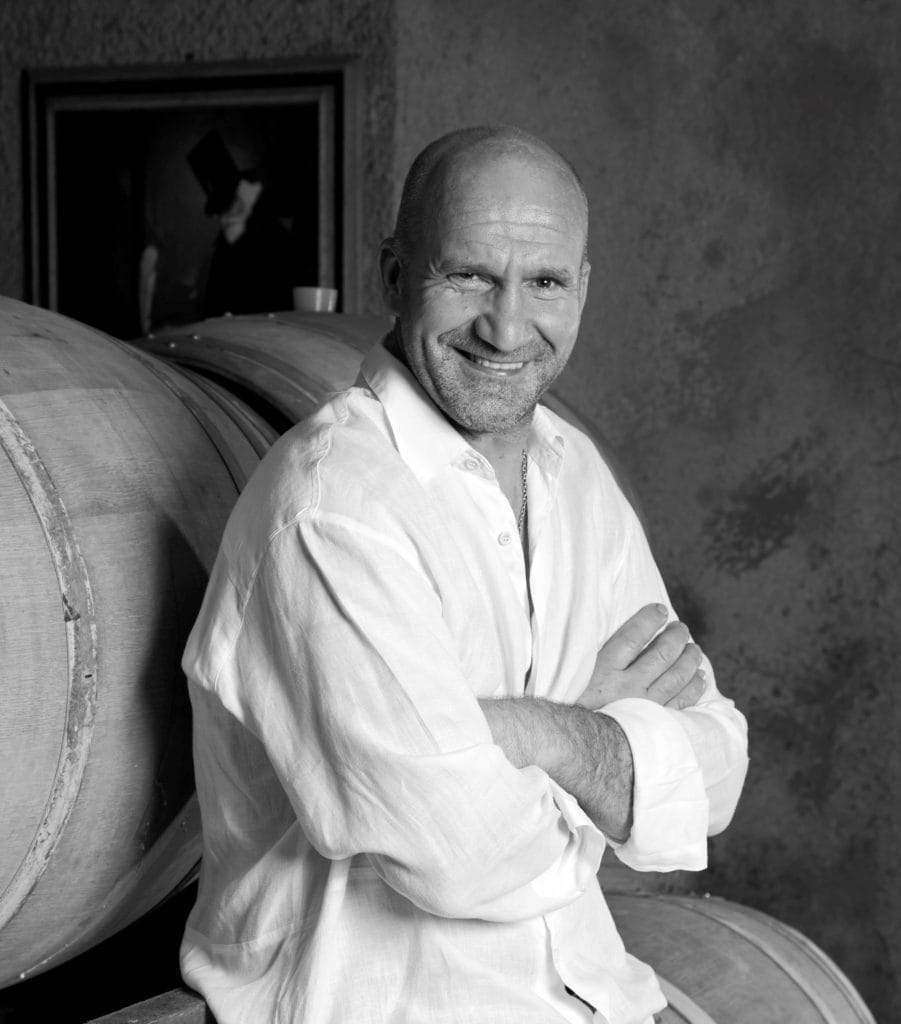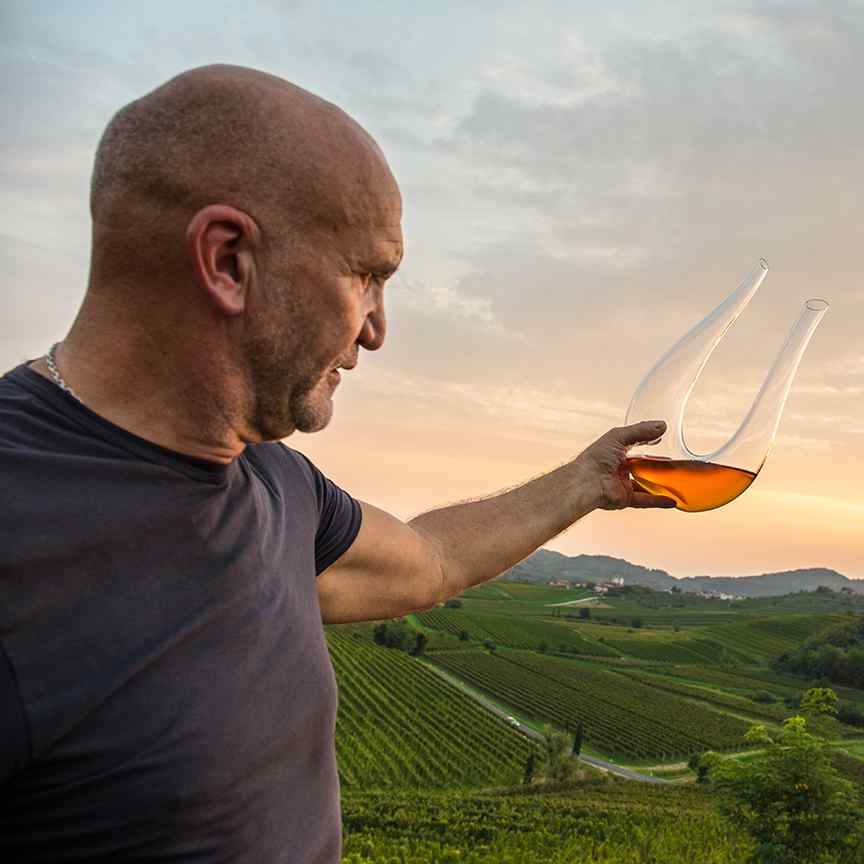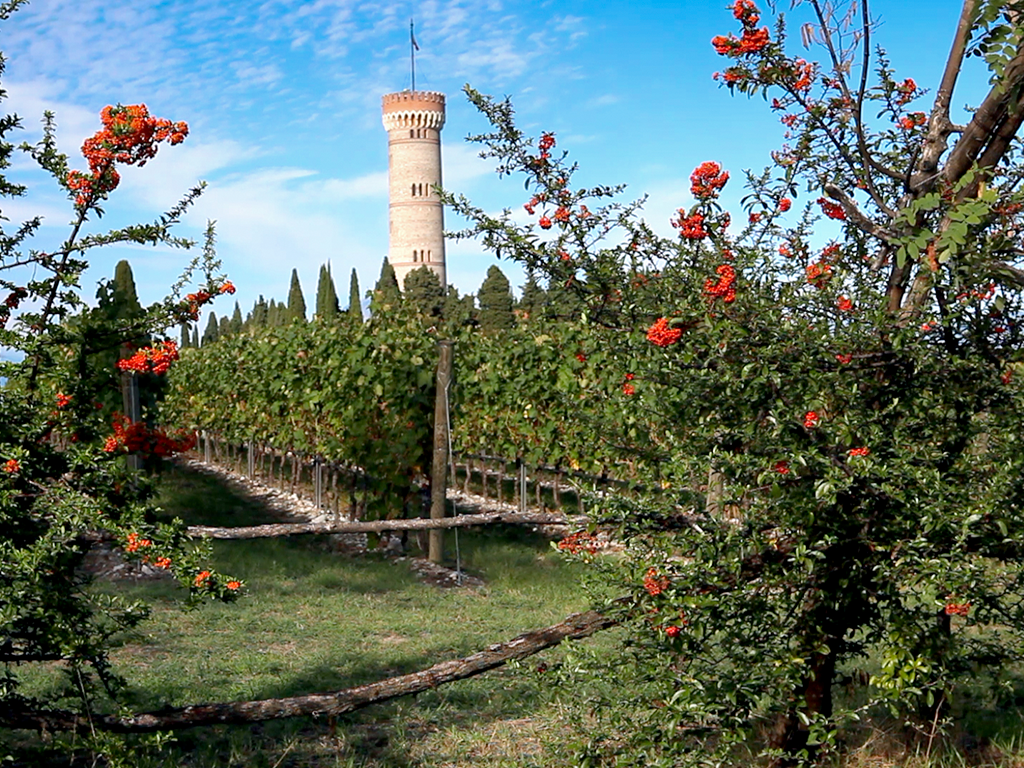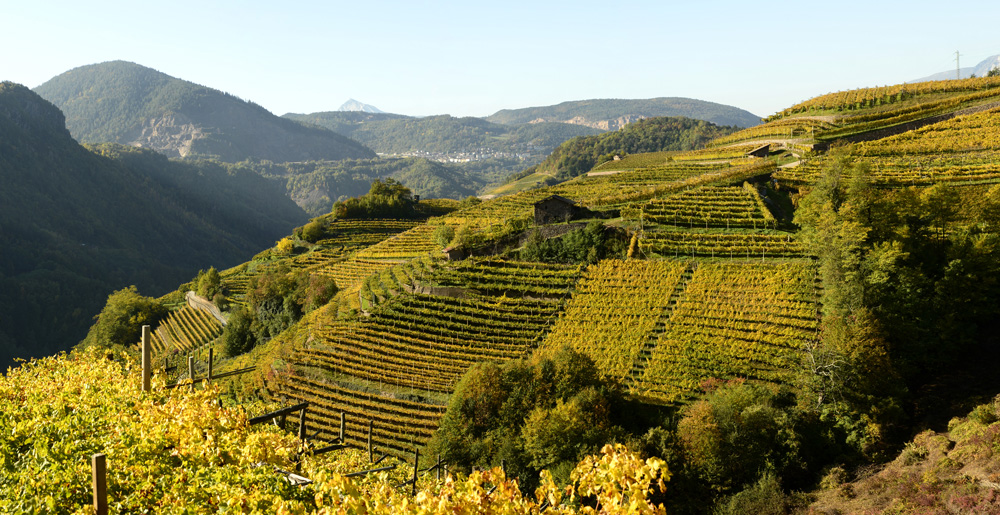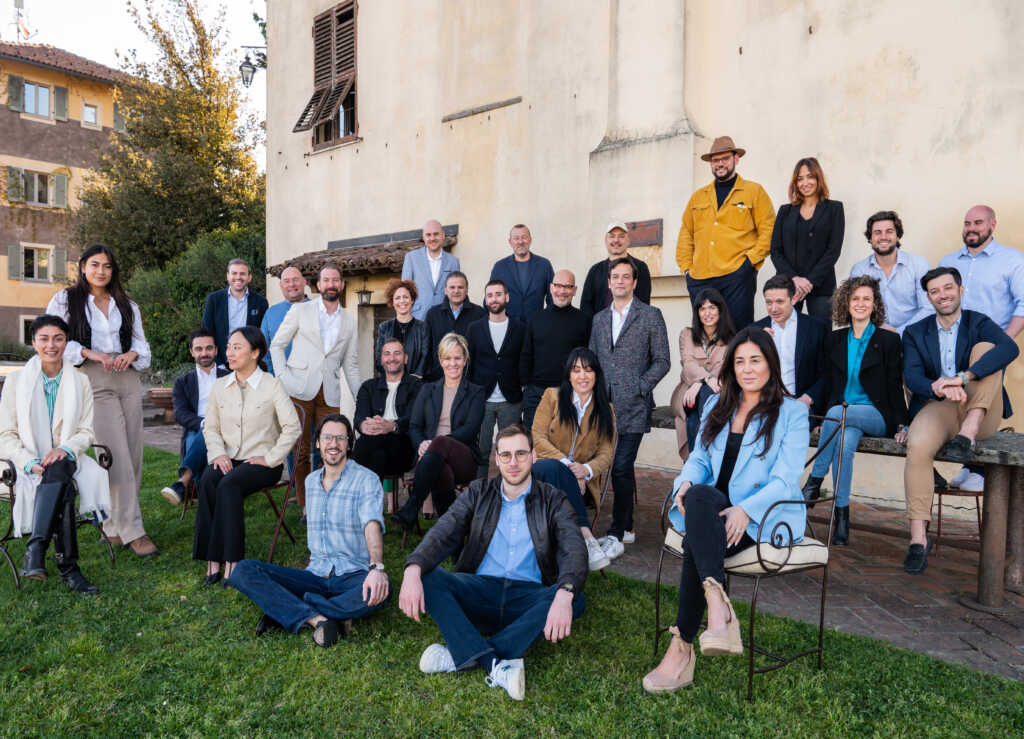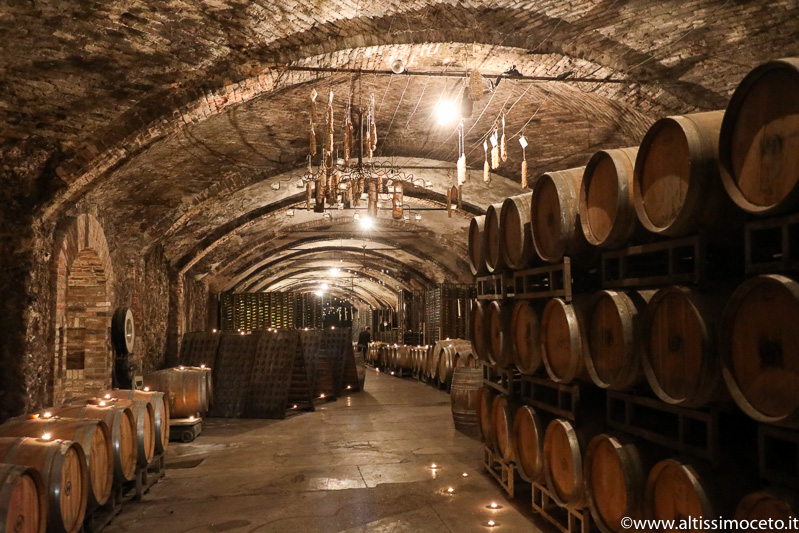Blog
Monoculture vs. polyculture: It’s all about “passion” in the vineyard, says Aleš Kristančič of Movia
Interview about one of the hottest topics in grape farming and winemaking today
![]() Brda, Slovenia
Brda, Slovenia
![]() May 5, 2022
May 5, 2022
![]() Wineries, People, Wines
Wineries, People, Wines
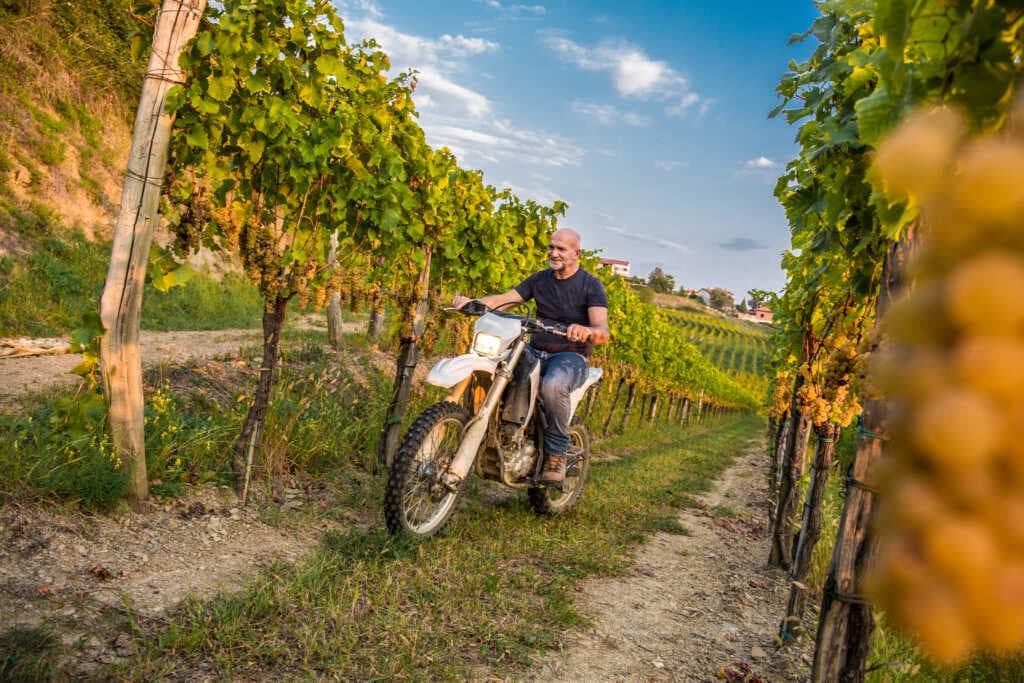
What’s the main difference between Monoculture vs. polyculture?
Monoculture is the planting and cultivation of one single crop over a large swath of farmland. Polyculture is farming where many crops are planted side-by-side or even together to increase biodiversity and subsequently foster sustainability.
It also turns out that winemakers are increasingly discovering that polyculture makes for better wines.
One of the most prominent advocates for polyculture in European viticulture is Aleš Kristančič of Movia, one of the world’s most respected natural winemakers and one of the wine world’s most colorful and creative figures.
He’s been talking about the need to spread polyculture for a long time now. So, we called him up and asked him to share his insights.
As always, Aleš has a poetic way of describing his work. As you’ll see, it all comes down to “passion.” …b ut not the passion that you think.
We hope you enjoy our chat as much as we did.
Monoculture vs. polyculture: Why is polyculture better in your experience?
There are three aspects of why monoculture is not the best choice for vineyards:
- With monoculture, you use the nutrients and minerals in the soil. But you don’t have other plants to replace those things. And it becomes a problem [because it depletes the elements need to grow the grapes].
- Another aspect is the effect of sunshine. We also need the energy of the sun in the ground. How can you give the power of the sun to the soil? You can provide that by growing grasses [planted between the vineyard rows] that absorb the energy of the sunshine. You need to transform that grass into the humus [the “life” of the soil, in other words, the increased presence of nitrogen, microorganisms, insects, etc. that helps to create top-quality wine]. That’s the point: That you bring humus [the “life” or biodiversity] into the soil that your vines can use.
- The other aspect is passion. In wild nature, there is no monoculture. Only polyculture. Why? Polyculture is what maintains [nature’s] equilibrium.
Nature is things that are living. And we are all part of nature. All the things that we eat and drink that are good… they are the product of passion.
[Editor’s note: Here, Aleš is talking about pollination, that’s what he means when he refers to “passion” in the vineyards. As he’s discovered through his work and as he explains below, when some of the plants hoard pollen, other plants suffer. That’s why polyculture, as he explains, is so key to healthy vineyards and wine.]
In the world of plants, the plants are self-sufficient, but they work much better if you have polyculture.
How does clonal selection affect the health of the vineyards and the quality of the wines?
In wine-growing, when someone plants an extensive, new vineyards, there is a more significant possibility that they will plant vines that are “clonal selected” from one plant, so you recreate a billion plants that are the same: The name, the variety, the clone, the clone number…
It is easier economically and it is more practical [to plant the exact clone throughout the vineyard]. But taste should never be based on what is easy and most valuable. If you plant different vines in the same vineyard, that increases the time for pollination. And that brings more “passion”.
What are doing differently today in the vineyard to increase polyculture?
There is a difference between the [newly planted] vineyards today in the old vineyards.
We spent time planting the vines in rows, so that they are easier to manage. But in the old vineyards, there were also trees, different types of trees. People would say: The tree will take nutrients, or the tree will make shade. No! You shouldn’t just look at five plants. You need to look at the whole vineyard. The other plants would bring more bees and animals [and more biodiversity].
[In the past] we made some things worse because it made the work [in the vineyard] easier. The last fifty years have been like this. That was the usual way of doing things. We are now planting trees in our vineyards. This makes it more difficult.
Why is it important to have different grape varieties in the same vineyard?
Some [grape varieties] are more productive than others. They are like playboys. The other plants are lazier. If you want higher production, you plant higher production varieties. Those plants attract most of the pollen. But they also lose the pollen faster [and so the pollination time is shorter and the pollen is less evenly distributed].
What about grasses and other cover crops that help to bolster biodiversity?
If all around you is monoculture, it makes it harder for the grass to grow. The machine I use to mow the grass in the vines has also a container of grass seeds. When you cut the grass, you put the new seeds. This is very useful [because it increases the growth of grasses and it fosters biodiversity. It’s a great, however simple, of polyculture in action — different crops, including wild plants, growing side-by-side with the vines].
One year we put barley, another year we put clover, or we also use yellow flowers.
Can you talk a little more about clonal selection varieties?
[At Movia] we always use a massal selection [the practice of replanting vineyards using vines that have performed exceptionally well].
Tocai Friulano and Ribolla are indigenous [to our region] and other grapes that are not so well known. But if you buy the plants from someone, you know who grafted the plants, but you don’t know where those plants are from.
[Editor’s note: Here, Aleš is pointing out that nurseries where grape clones are grown and developed rarely have a connection to the place where the grapes will be planted. A technician in a nursery can create a clone that is genetically identical to an indigenous grape. But that plant won’t have all the genetic information of a cutting that has been planted decades ago on a farm in Slovenia, for example. A great example of this is Zinfandel/Primitivo. Even though the grapes grown in Puglia and California are genetically identical, they produce wines with different tasting profiles because they have developed independently from one another over generations. ]
[In other words] if you plant a clonal selection Ribolla, is it really an indigenous variety?
My next project is to start to graft the grapes by myself.
How do we taste polyculture in the glass?
Some people today are just making things easy. Why do you want to complicate things so much? They ask me. Then you start to understand more and more that that’s the kind of life we are living today.
But when you taste a good glass of wine, you see the difference. And that’s when you are at peace with yourself.
We are happy that we are all different. That is diversity.



